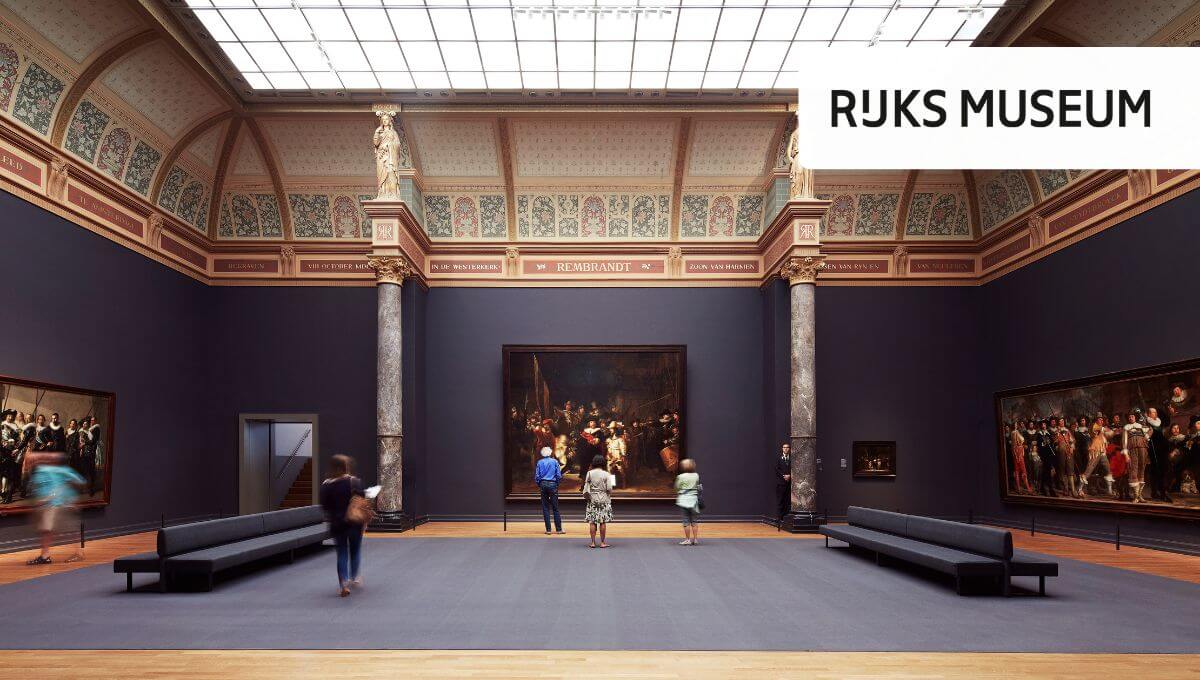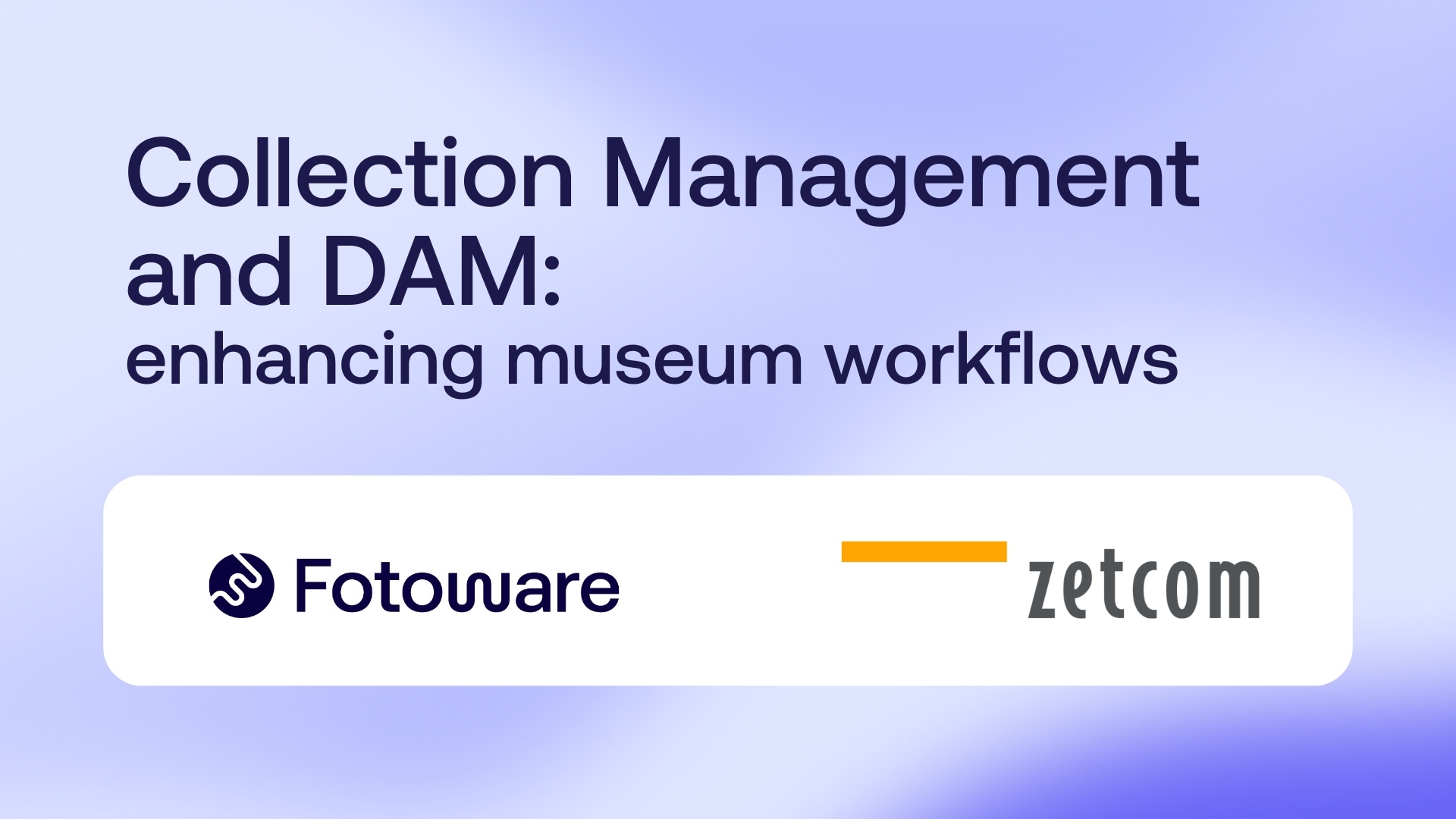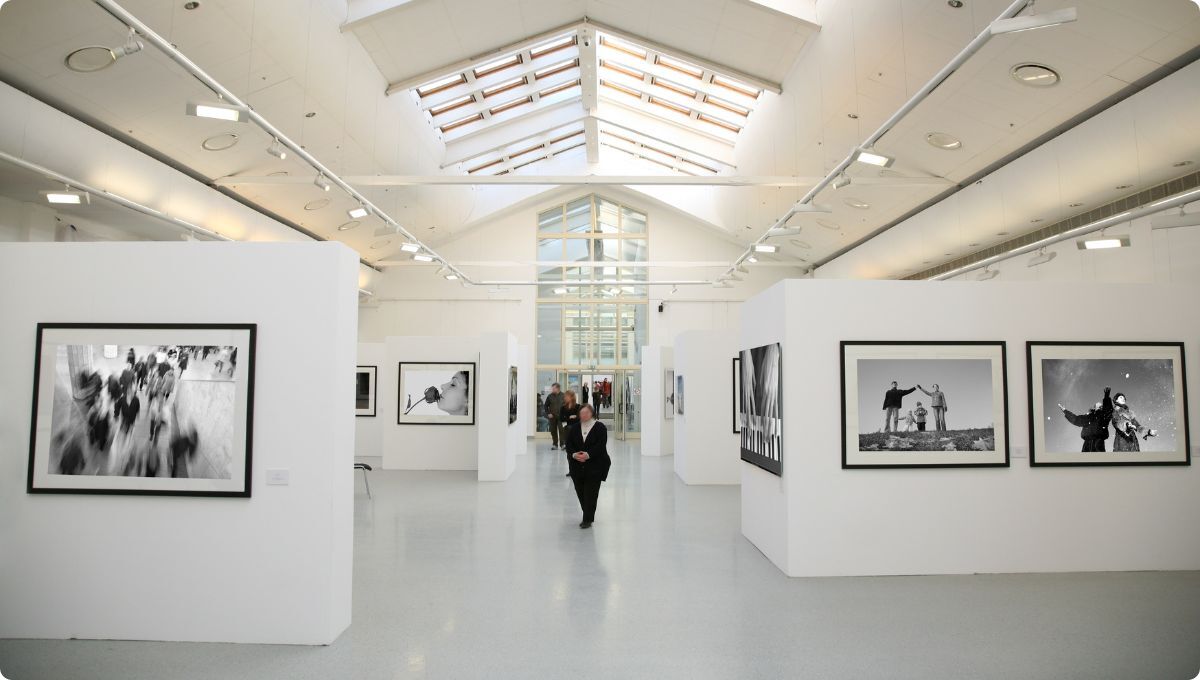
Collection Management Systems and DAM – a perfect combination
Museums and archives carry unique responsibilities, often requiring them to keep track of massive collections of physical and digital objects, their data, and content items. Without the proper technologies in place, the ambitions turn unattainable, sometimes resulting in lost information, slow processes, internal bottlenecks, and an overall lack of control.
Fortunately, there are systems in place to help cultural institutions with their object-, data- and media management. Amongst these, you’ll find Digital Asset Management (DAM) and Collection Management systems (CMS).
In this article, we’ll explore these types of software, explaining how they fit together and what museum and archive professionals can do to ensure faster, more reliable and controlled workflows.
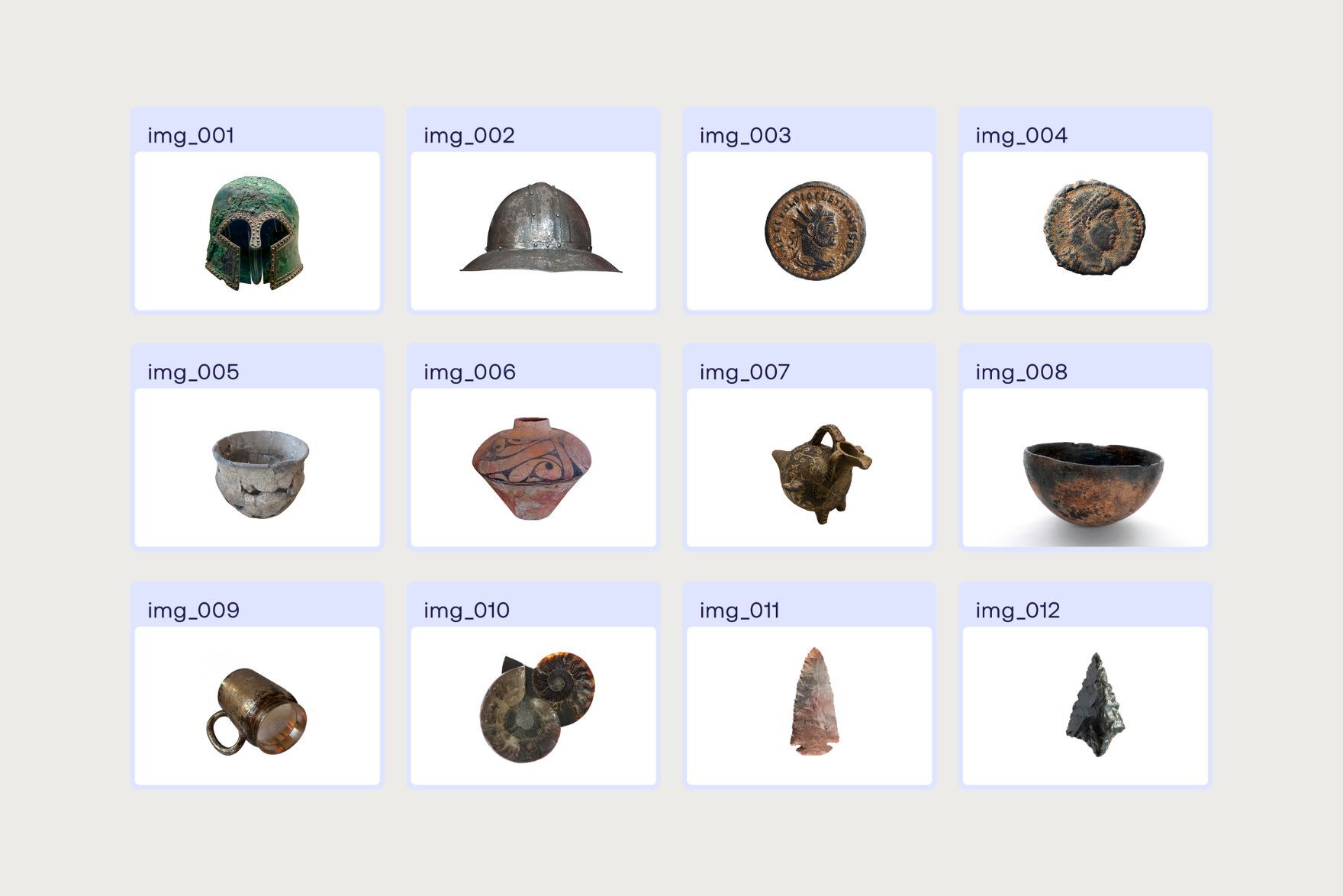
What is a Collection Management System?
Sometimes referred to as a Collection Information System, a Collection Management System (CMS) handles all data necessary for an institution’s physical and digital collections. This often entails that the CMS system serves as the single source of truth for every piece of information relevant to an object, covering everything from origin dates and materials, to whether the object is on loan or information concerning its last restoration.
A solid Collections Management System is often a necessity for cultural institutions with large collections and lacking it comes with severe risks of information loss and data corruption.
For this reason, most museums and archives have some sort of CMS in place, although the capabilities of such systems tend to vary, from simple tools storing object information to comprehensive collection management solutions.
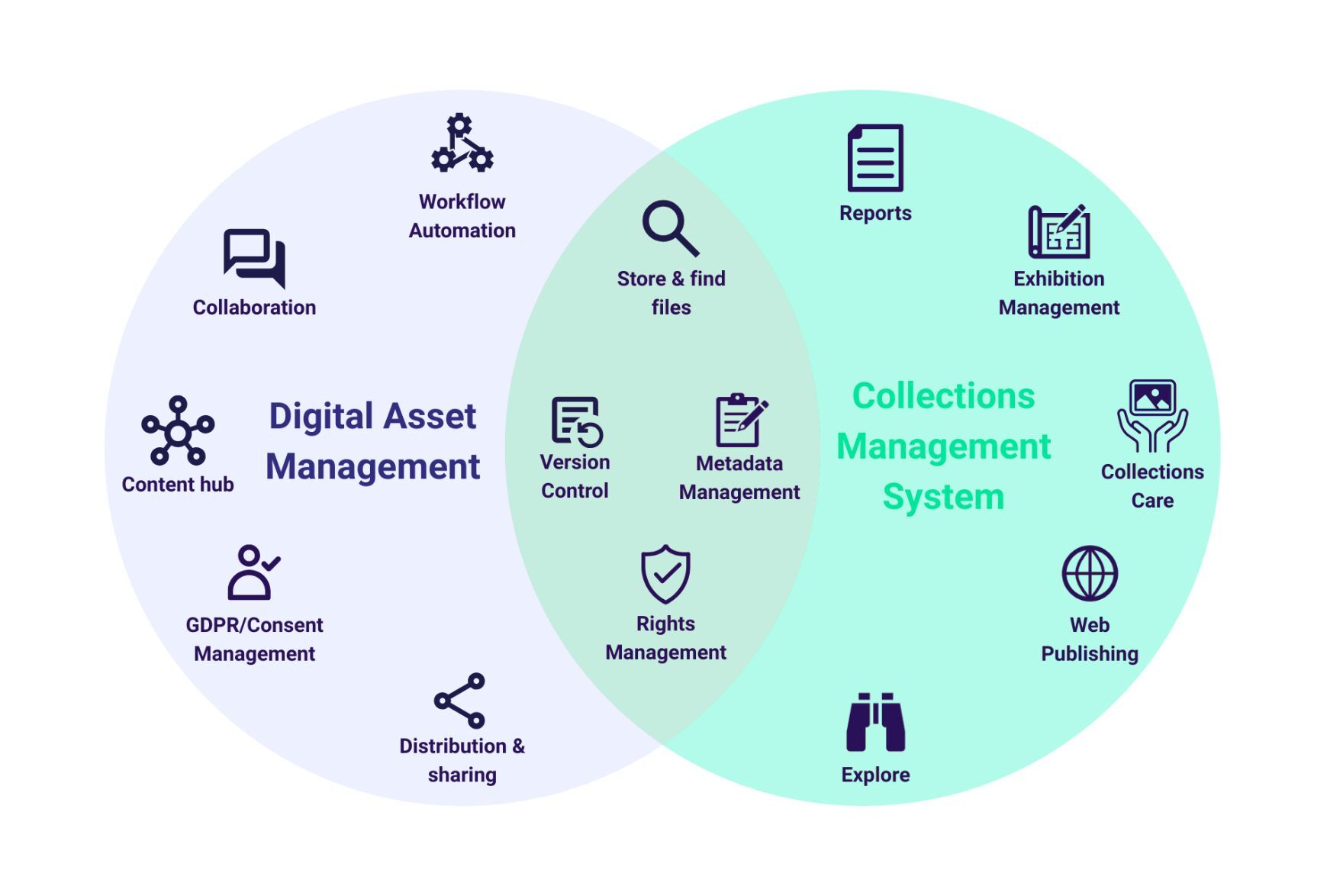
Collection Management and Digital Asset Management
While some CMSs come with basic DAM functionalities, they’re usually not ideal for handling large volumes of visual assets. This is because the term “visual assets” covers much more than representations of the stored objects. For example, a single object may have hundreds of related visuals, ranging from high-resolution photographs and marketing collateral to restoration photos of various kinds.
Most Collections Management Systems are not made to handle such varieties and magnitudes of visuals, which are often heavy and more reliant on comprehensive metadata in order to be easily managed. Additionally, these systems tend to lack proper capabilities for content workflows – an area where DAM systems excel.
DAM solutions are typically placed at the center of the organization content ecosystem. From here, files and data can easily be distributed to other third-party software, ensuring a single source of truth throughout.
Imagine a museum having virtual collections on their website, with high-resolution imagery and comprehensive object information easily available. Such museums can ensure control and sustainability by storing originals in the DAM and making cropped versions seamlessly available to the right people and channels.
Read more: Rhode Island School of Design Museum - A connected ecosystem for digital art collections
Another example could be a gallery that’s continually adjusting their collections as new objects are added or removed. With a DAM in place, expiration dates, usage rights, and focal points are easily added to all visual assets, ensuring that every person and channel stays up to date on their status.
All information related to the object or the collection can be automatically synchronized with the CMS, so that every data value is unique and added to all relevant files without duplication. This ensures complete control and top speed, making it easy for everyone involved in the collections to stay updated without asking around.

Rijksmuseum Amsterdam
See how the Rijksmuseum in AMsterdam leverages a Digital Asset Management system for their digital art collections in this webinar recording.
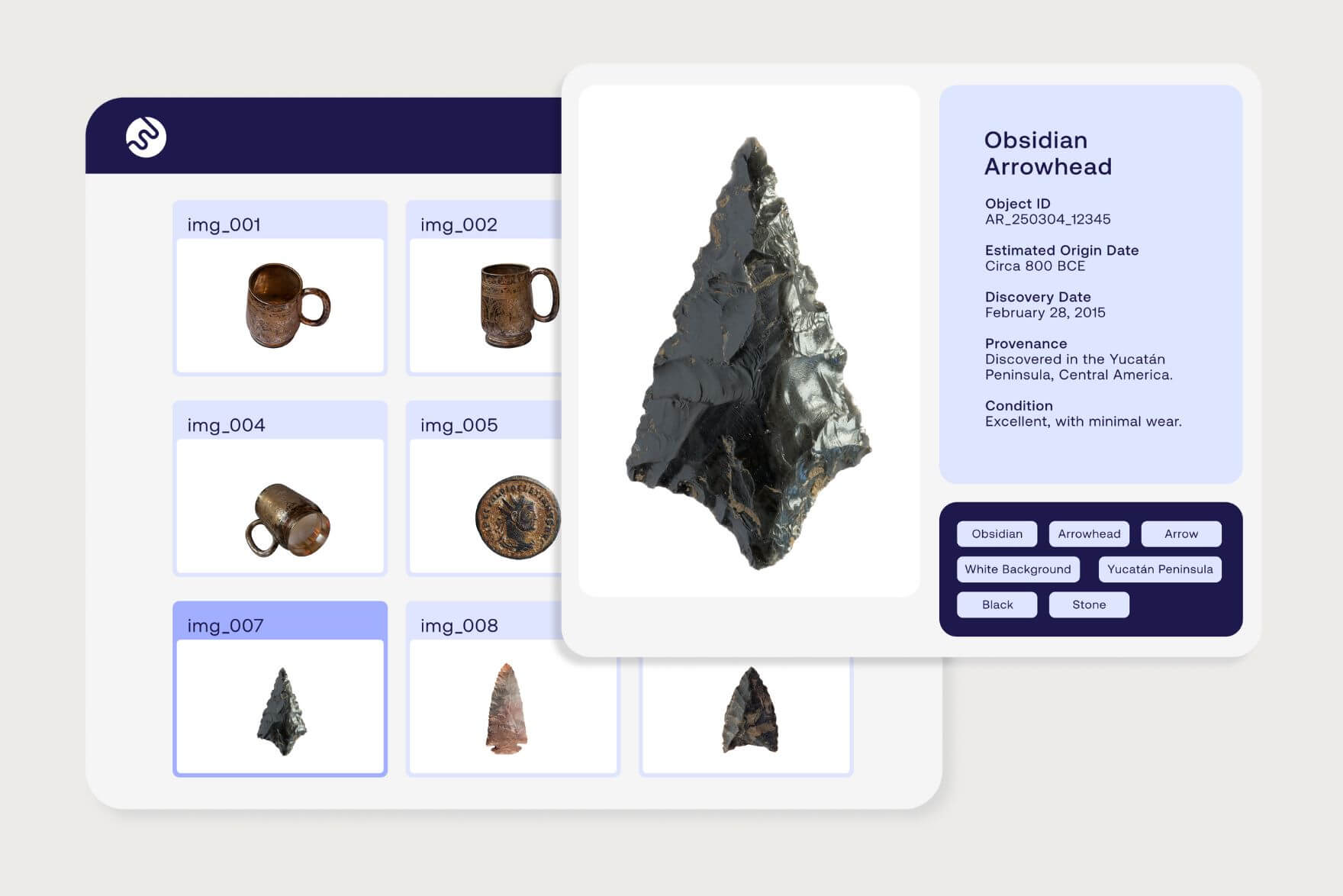
DAM for museums and archives
Digital Asset Management solutions deliver targeted advantages to museums and archives by offering a centralized platform for managing visual assets of all types and scales. By centralizing all visuals in one place, DAMs ensure that everyone can locate exactly what they need in seconds, always knowing if the assets they’re using are approved, correct, and representing the latest edition – always properly tagged with related metadata and, when integrated with a CMS, the correct collection information.
Importantly, DAM solutions protect intellectual property by enforcing rigorous access controls and tracking of usage rights. Since such solutions are easy to integrate with third party software – like Content Management Systems and other website tools – institutions can be sure that no matter which changes they want to make to their tech-stack, their digital assets are always safely preserved in the DAM.
Read more: Digitizing Cultural Heritage - LIECHTENSTEIN. The Princely Collections
Automated workflows for rights management, approval processes, and content lifecycle management further reduce the risk of inadvertent misuse, supporting responsible stewardship of valuable objects and artifacts.
Additionally, DAM platforms simplify the process of sharing visuals with external partners, other departments, and digital audiences, all while maintaining a single authoritative source. This ensures consistency of branding, accuracy of information, and long-term sustainability of digital assets.
In an environment where collections are continually evolving, DAM systems provide the infrastructure that museums and archives need to safeguard heritage and fulfill their mission with confidence.
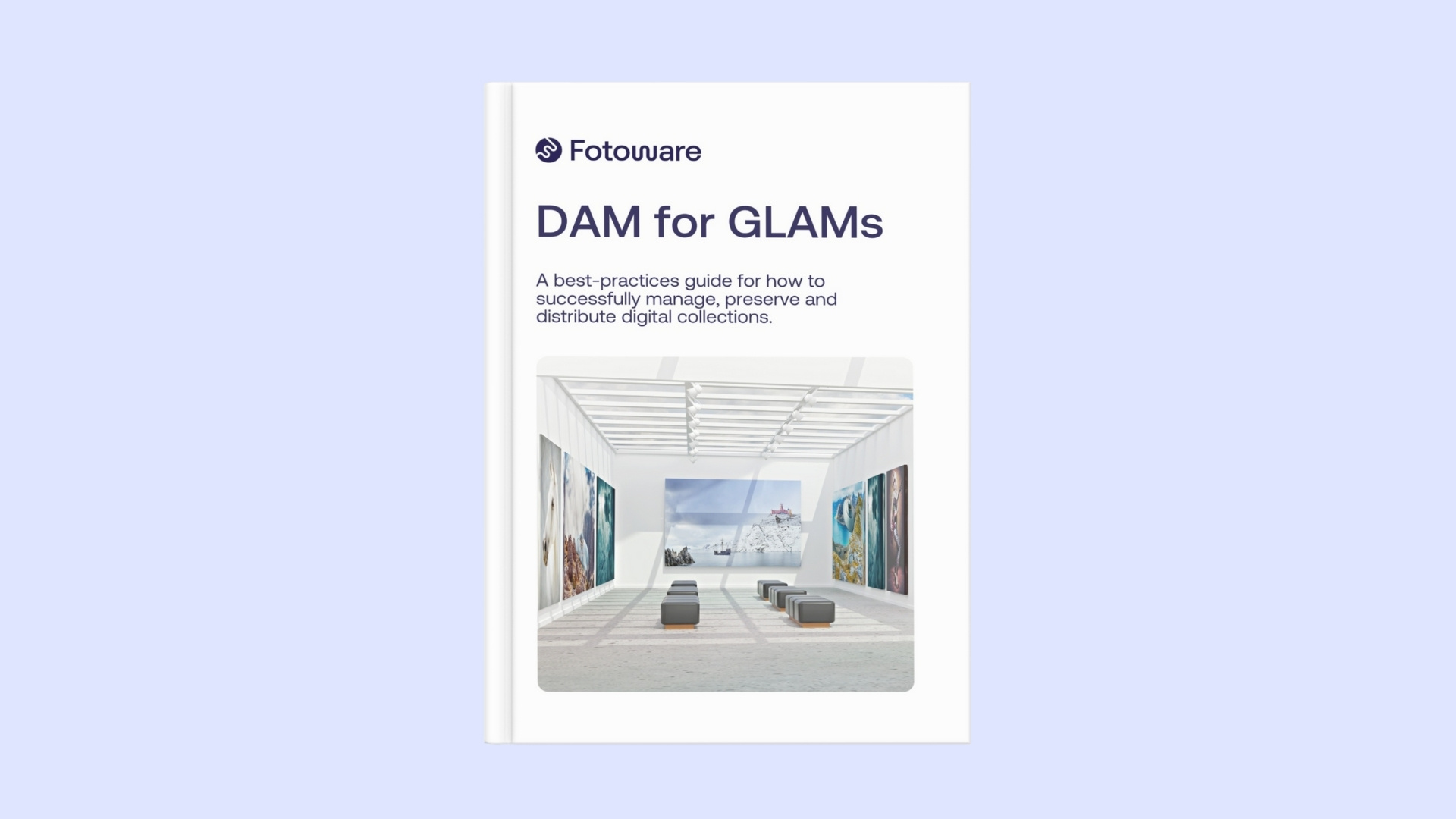
Best practices for Museums & Archives
This guide for Galleries, Libraries, Archives & Museums (GLAMs) helps you to successfully manage, preserve, and distribute digital collections with DAM.
.jpg)
